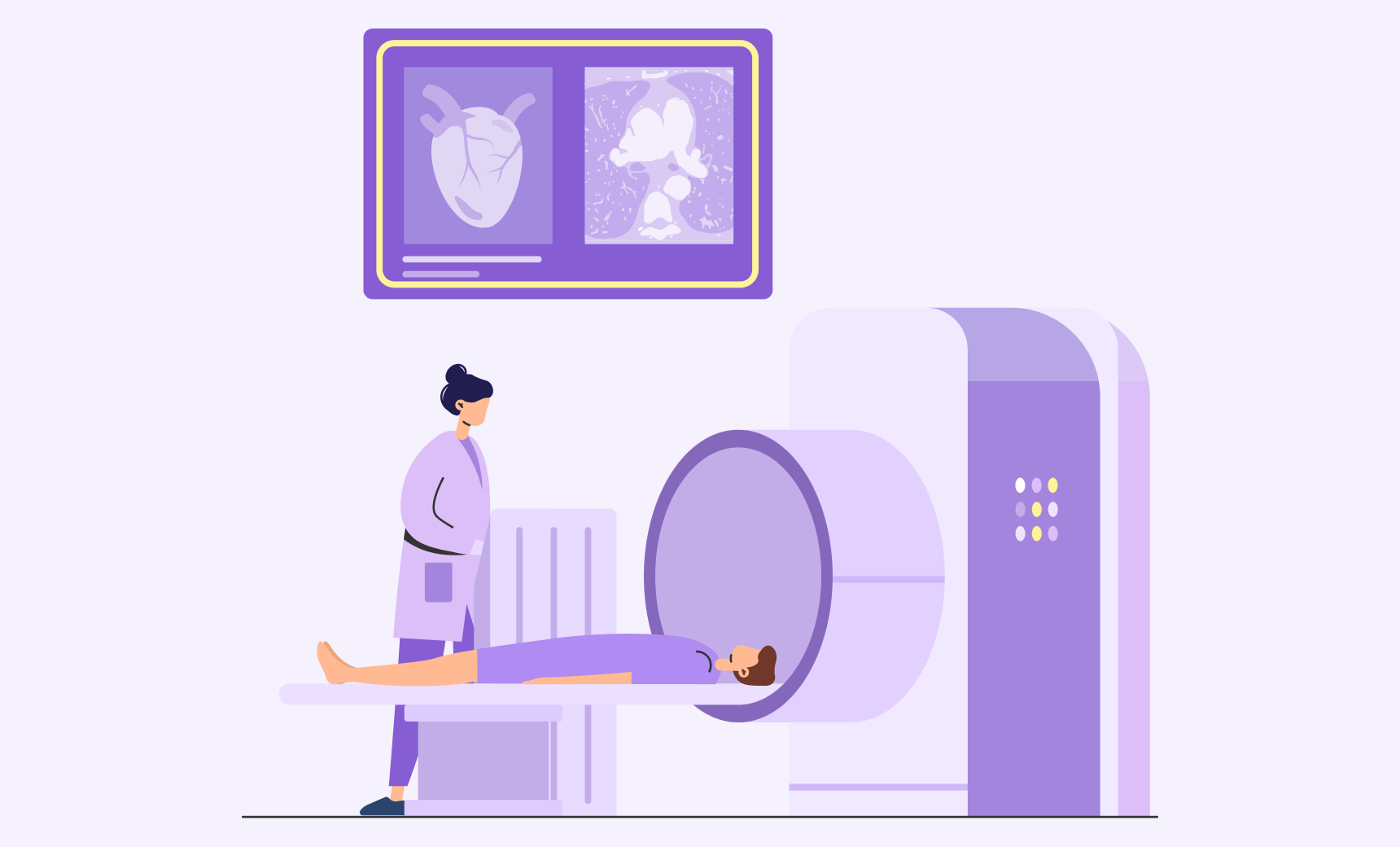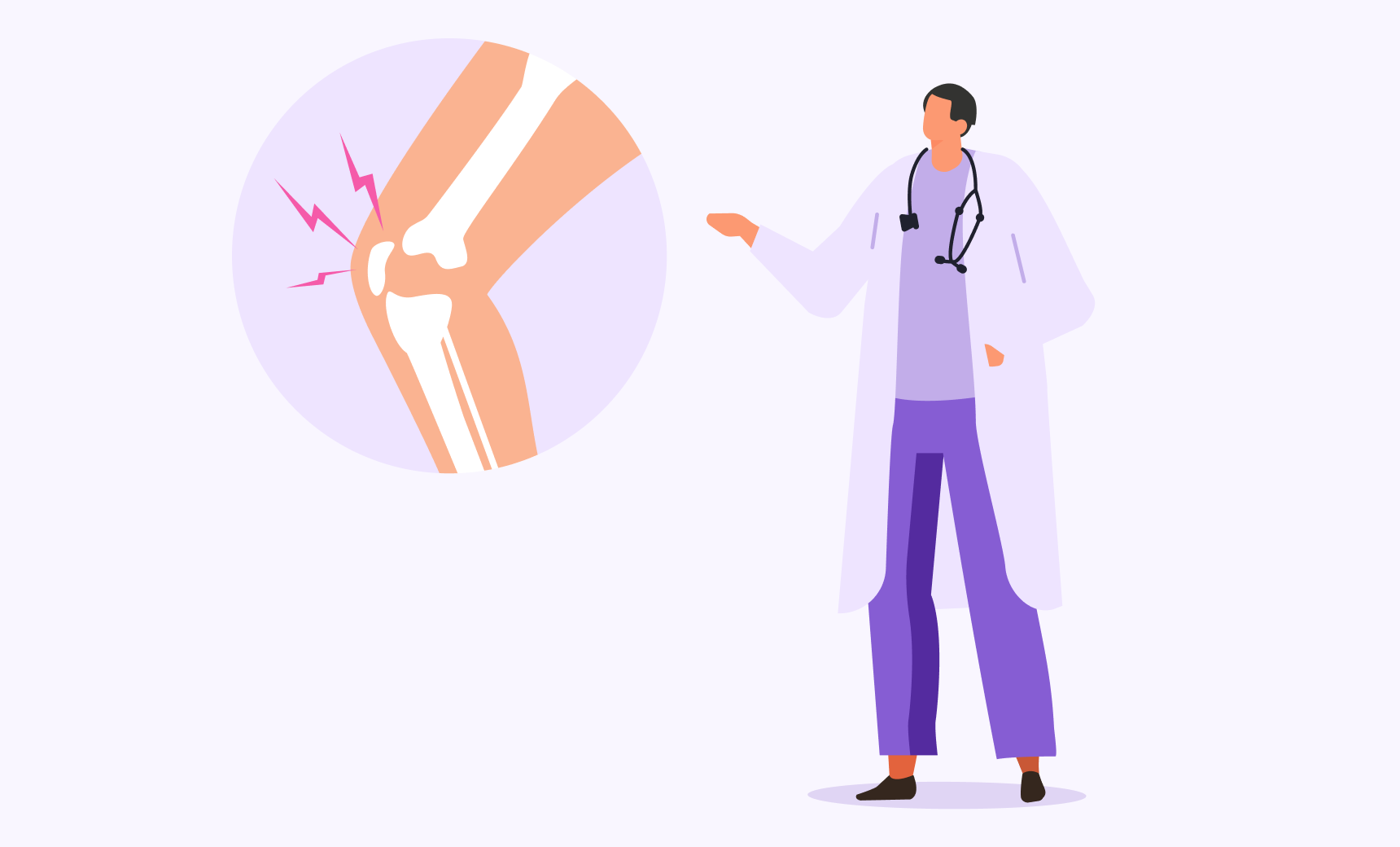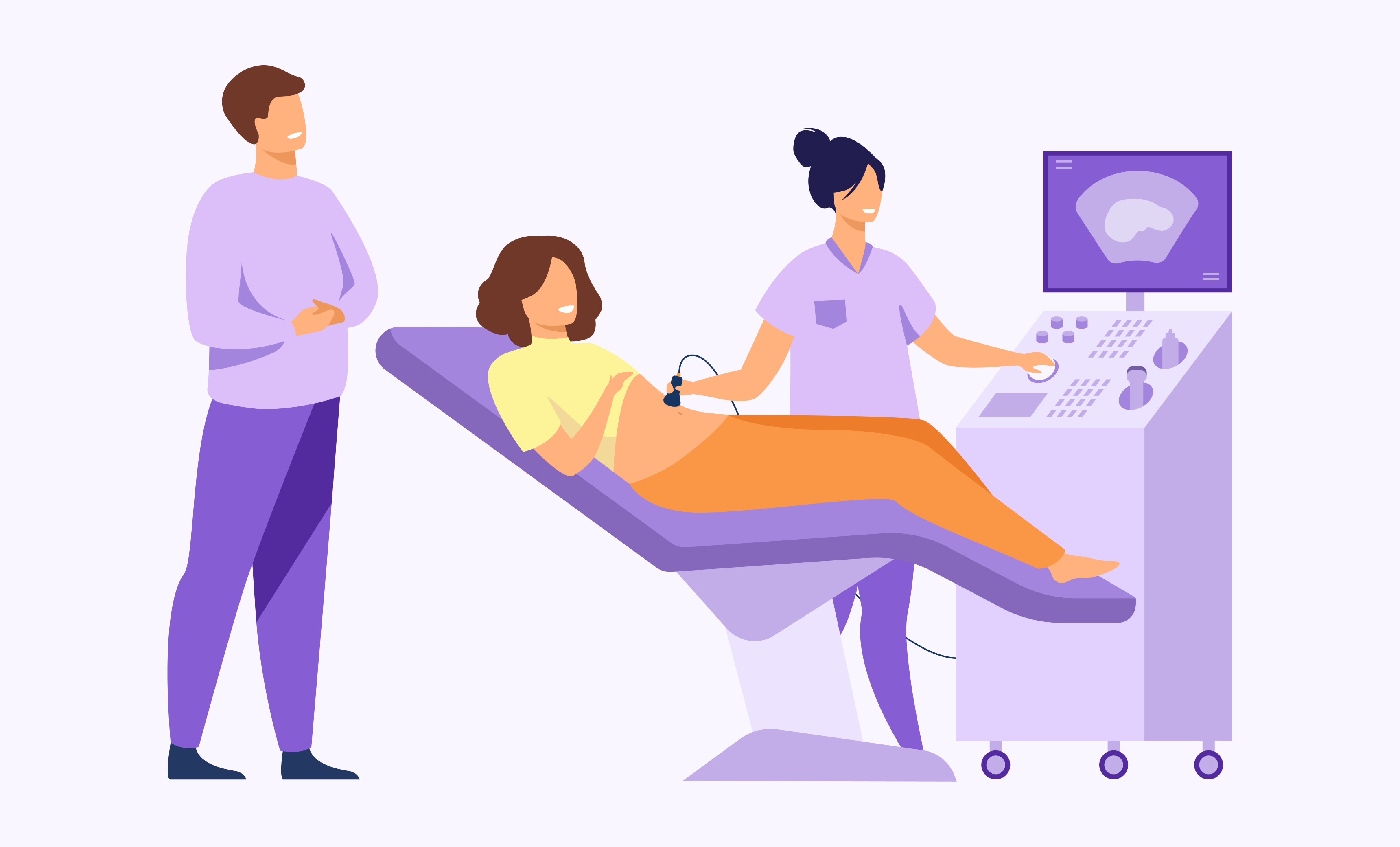
Breast Self-Exams: It’s Time to Get Back To The Basics
It seemed that up until recently, breast self-exams were highly recommended by doctors for women over the age of 20. You were supposed to thoroughly check every month for any breast abnormalities that could potentially point to a tumor. It was considered a necessary practice in early breast cancer detection, as you were the first line of defense to notice any changes over time. So why is it you don’t hear much about breast self-exams anymore?
Doctors have slowly stopped recommending breast self-exams since the early 2000s. After looking at numerous studies, researchers found that monthly self-exams didn’t show much difference in breast cancer survival, and actually created more anxiety. But this isn’t to say that self examinations are useless in preventing breast cancer. The American Cancer Society basically says that monthly breast self-exams are optional, but are still an option.
What Do You Really Need To Pay Attention To?
Many women report discovering breast tumors on their own through the course of their daily routines – getting dressed or taking a shower. But that’s not to say you should completely disregard breast self-exams. Although they are being recommended less, they can still help you note what’s considered normal for you and discover any signs that could indicate something is wrong. It is important that you are aware of the general feel and look of your breasts. Pay close attention to the changes in your breasts, such as:
- A lump inside the breast or underarm area
- Swelling, warmth, redness, or darkening of skin in the breast area
- Change in the size or shape of your breasts
- Itchy, scaly sore or rash on the breast area
- Clear or bloody discharge from your nipples
- Pulling in of your nipple or other parts of the breast
- Dimpling or puckering of the skin
- Persistent pain or discomfort in one area of your breasts
How Can I Do A Breast Self-Exam?
A breast self-exam is fairly easy and quick to do. Press lightly around your breast area, including under your armpits, to feel for lumps or thickening near the surface of the tissue. Apply a firmer pressure to check for any abnormalities in deeper parts of your breast tissue. Remember that women’s breasts are naturally asymmetrical, and that the days leading up to and following your period may cause temporary thickening to your breast tissue.
What should you do if you discover a lump or other breast abnormalities?
If you notice any changes to your breasts, you should report them to your doctor immediately. Abnormalities don’t always point to a tumor, it can actually be many other things that are curable and harmless. And even if your doctor suggests a diagnostic mammogram, don’t panic just yet. Cancerous tumors and harmless cysts can feel very similar, so a mammogram will help your doctor discern the two. That said, you should never feel afraid to express concerns to your doctor.
The important thing isn’t how often you’re doing these self exams, or if you’re following the right steps, it’s knowing what’s normal for you and noting the changes to your breast tissue. And this is important for every aspect of your health, not just when it comes to detecting breast cancer.
LabFinder is a no-cost, online platform for people to easily schedule their medical tests and view results securely. The LabFinder team is passionate about improving the ‘patient and doctor experience’ through better communication, reduce out-of-pocket expenses and making everyone know more about their own medical tests. The mission of LabFinder is simple: we want to be solution to you and get you the test results you deserve so you can make right choices about your health.







LabFinder Team
The LabFinder Editorial Team is behind The Illuminator and The Insider, LabFinder’s consumer and business blogs.
Dr.Robert Segal
Dr. Segal is CEO and co-founder of LabFinder, as well as a board-certified cardiologist. He began practicing medicine in 2002 and has founded several businesses, including Medical Offices of Manhattan and Manhattan Cardiology.